|
In order to extend the lifespans of those like me who work sitting at a desk some clever-clogs across the pond has recently introduced the treadmill desk (gasp) but how did our Tudor cousins keep fit?
A good deal of walking, lugging heavy things about and riding, and if you were posh hunting, and if you were particularly posh you may have joined the Queen in her early morning dancing: In 1589, aged 57, according to John Stanhope, the Queen was 'so well as I assure you six or seven gallyards in a mornyng, besides musycke and syngynge, is her ordinary exercise.' The galliard was, like the Volta, an extremely exuberant dance and Elizabeth I lived to nearly 70 in an era when life expectancy was considerably less. I know which sounds like more fun...
1 Comment
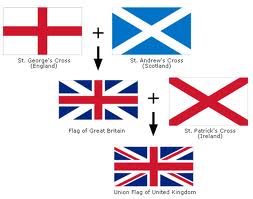 While Alex Salmond's getting hot under the collar about referendum semantics and wondering if he's asking the right question about Scottish independence, I'm wondering what it will mean for the Union Jack if the answer to his question is yes. Would the blue bit have to go? As shown in the image, the Jack has evolved from the marriage of the cross of Saint George and Saint Andrew, on the ascent to the English throne of the Scottish James VI in 1603 and then the incorporation of a hastily configured Saint Patrick's cross in 1801, representing Irish union. A case remains for the Saint Patrick's cross's continued inclusion, as for almost 100 years, since Northern Ireland opted out of the Irish Free State in 1922, England has clung onto a corner of Ulster. But if Scotland opts out in 2014, on what grounds could we continue to fly its colours as our own? Cameron might see it as an opportunity to give brand Britain a make-over and get the same designers who did the Olympic logo to reconfigure the flag into a nondescript and slightly confusing symbol that's open to misinterpretation. I can see the Welsh getting upset too once the debate begins – after all they've been overlooked since 1282. Flag designs on a postcard please... 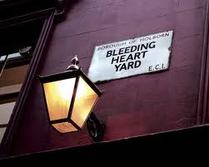 I had a most delicious dinner last night at Bleeding Heart Yard and discovered that there is a bloody story attached to the place. Lady Elisabeth Hatton, an early seventeenth century aristocrat who was no stranger to controversy, threw a ball in 1626 at the Hatton London residence (now Hatton Garden) during which one of her supposed lovers Senor Gondomar, the Spanish ambassador, (who in some accounts had a hunchback and one clawed hand) arrived, danced with her and left. Her body, torn limb from limb with the heart still pumping blood onto the cobbles, was discovered later in the stable yard behind the house. A version of this story was published by Richard Barham as one of the Ingoldsby Legends in which a deal with the devil was made by the wife of Elisabeth Hatton's father-in-law Christopher to make him a success at Elizabeth I's court (which indeed he was). The devil came for his payment, arriving personally at a housewarming ball at the Hatton residence, and spiriting away the hostess. Just her beating heart was found later. In truth Elisabeth Hatton lived until 1646 and was buried at St Andrew's Holborn, but it makes a good story. Katherine Parr fell deeply for Thomas Seymour, a love that would ultimately cause her profound heartbreak – you'll have to read Queen's Gambit to find out the details. What interests me about this relationship is that it was possible for a woman of her intelligence to be a fool for love. Some things never change, why is it that clever women make bad decisions when it comes to romance?
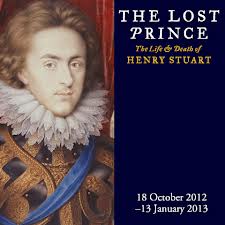 A fascinating exhibition at The National Portrait Gallery that sheds light on the early Stuart prince whose untimely death changed the course of history. Henry Stuart's charisma and huge popularity meant that his funeral was something akin to that of the late Princess Diana – a public outpouring of grief. It was his younger brother Charles who took his place in the succession, eventually becoming the doomed monarch Charles 1. Henry Stuart was a patron of the arts and the exhibition brings together some of the works he collected alongside other royal portraits from the period, some better than others. Well worth a visit – catch it while you can as it ends soon. |
Subscribe to Elizabeth's quarterly newsletter below:Archives
June 2018
Categories
All
|
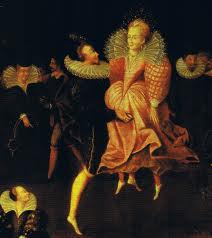



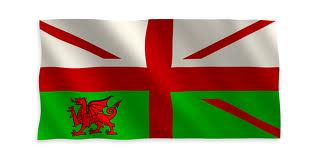

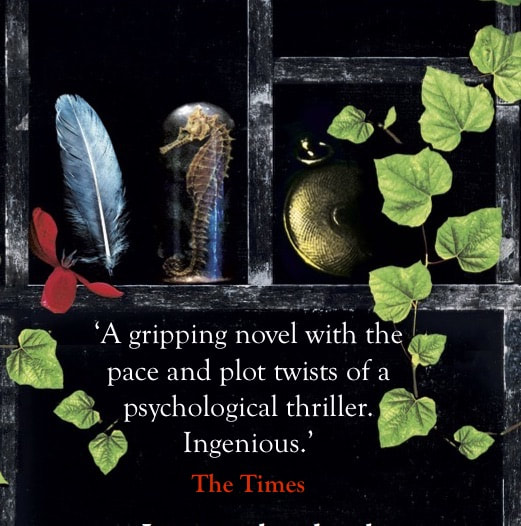
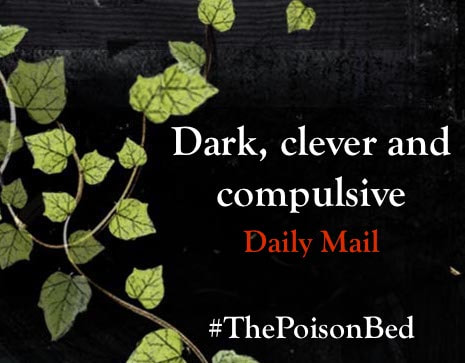
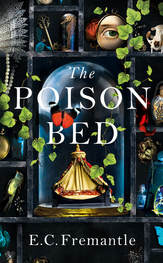
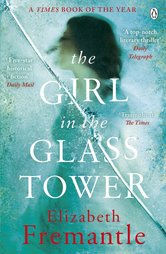
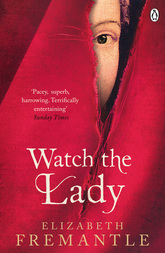
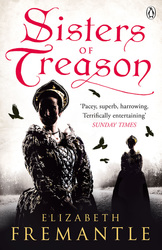
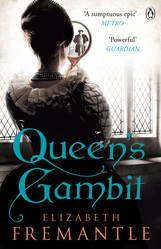
 RSS Feed
RSS Feed
